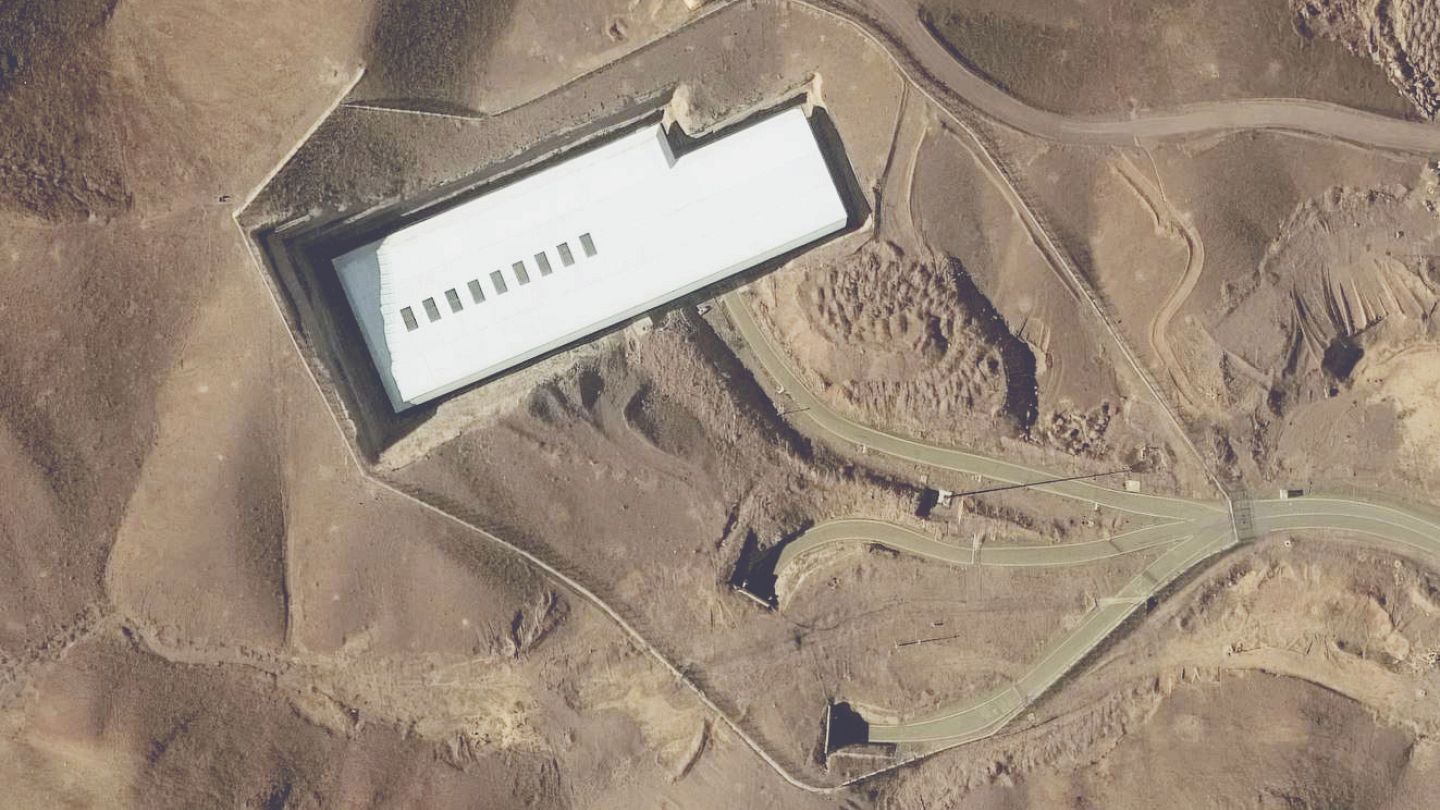What is Iran's Fordow nuclear site and why is it so critical to the conflict?
While the world awaits whether or not Donald Trump gives an order to the US army to bomb the key underground nuclear site in Iran, we take a look at the Fordow enrichment facility.
Fordow appears to be one of the primary targets of recent Israeli strikes on Iran – but what makes this nuclear facility so central to Israel’s strategic concerns?On Saturday, Iranian state media reported explosions near the Fordow site. However, these reports remain unconfirmed, and no damage has been officially reported so far.Earlier in the week, US President Donald Trump stated that he had not yet decided whether to launch an attack on the underground facility, although military plans for such an operation were already in place.“We have the capability to do it, but that doesn’t mean we will,” Trump told reporters in the Oval Office. “I haven’t made a decision,” he added.Fordow is Iran’s second-largest nuclear facility after Natanz. Located near the holy city of Qom – around 95 kilometres south-west of Tehran – the site operates under the supervision of the International Atomic Energy Agency (IAEA).Constructed in secret from 2006, the existence of Fordow was only revealed in 2009, once it had become operational. Western powers, including the United States, strongly criticised Iran for failing to disclose the site during its construction.Built to withstand airstrikesFordow was specifically designed to endure air attacks. Buried roughly 80 metres underground beneath layers of soil and rock, it is considered resistant to conventional bunker-busting bombs. Given Israel’s view of Iran’s nuclear programme as an existential threat, facilities like Fordow and Natanz are considered top targets.Previously, the Fordow site served as a base for Iran’s Revolutionary Guards and was protected by Iranian and Russian surface-to-air missile systems. However, these defences may have been neutralised in recent Israeli airstrikes.Experts believe that only the United States possesses bombs powerful enough to destroy Fordow’s underground chambers – specifically, the GBU-57 Massive Ordnance Penetrator, a 13,000-kilogram bunker-buster. The Israeli Defence Forces, meanwhile, are thought to possess GBU-28 bombs, which can penetrate up to six metres underground. Nonetheless, military analysts note that cyber warfare could be an alternative method for disabling the site. In 2010, the Stuxnet virus – allegedly developed in a joint US-Israeli operation – successfully destroyed thousands of Iranian centrifuges.A Facility Shrouded in SuspicionFordow was originally constructed for uranium enrichment. At its peak, the site is believed to have hosted 16 cascades and around 3,000 centrifuges. Iran initially enriched uranium to a 5% level but increased this to over 20% by 2011.Under the 2015 nuclear deal with major Western powers, Iran agreed to cease uranium enrichment at Fordow. But in 2019, President Hassan Rouhani reversed this commitment, announcing that uranium gas would once again be injected into centrifuges at the site – effectively reactivating it as a nuclear facility. The IAEA continues to monitor Iran’s nuclear activities through surveillance systems and periodic inspections.During an unannounced inspection in January 2023 by the IAEA, sets of centrifuges at Fordow had been installed enabling the enrichment of uranium to 60% purity, contravening Tehran’s safeguards agreement with the UN agency.“Iran implemented a significant change to the declared design information for the Fordow Fuel Enrichment Plant (FFEP) without informing the agency in advance. This was contrary to Iran’s obligations under its safeguards agreement,” IAEA chief Rafael Grossi said.Officials in Tehran have consistently claimed that the enriched uranium is intended for peaceful, primarily medical purposes. According to the IAEA, Fordow remains the primary site for Iran’s uranium enriched to roughly 60 per cent—well above levels considered peaceful and edging closer to weapons-grade (90 per cent).


